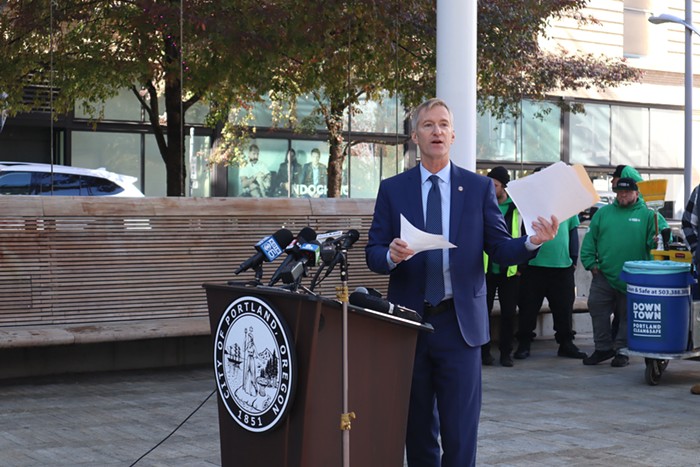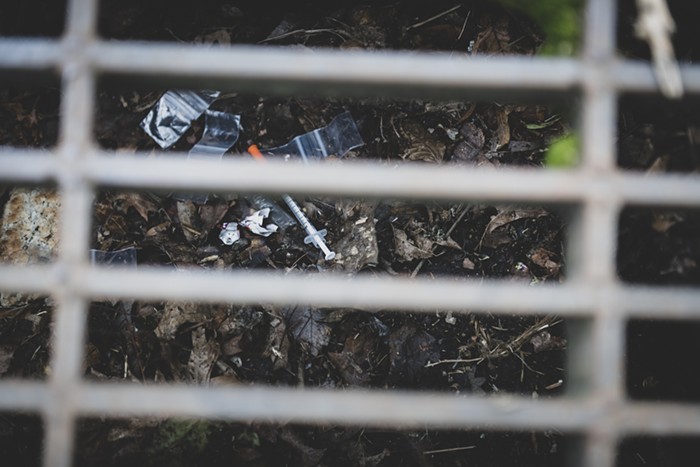Inasmuch as biosolids are praised as an inexpensive and effective fertilizer, only recently have reports of their threat to public health been recognized. While it is true that this processed raw sewage must meet U.S. Environmental Protection Agency's standards, the standards themselves have come into question as to their basis in reality.
A bile-inducing report released recently from Cornell Waste Management (NY) states, "There has been no risk assessment to justify EPA's safety and pathogen standards," and charges EPA's standards are based solely on "historical observations of publicly restricted farm fields." Moreover, the report claims that no government agency has ever investigated or even tried to track health complaints, which have included skin rashes, infections of the skin, gastrointestinal and respiratory tracts, and in several cases, death.
An estimated four million tons of sludge from wastewater treatment plants gets dumped on farmland, golf courses, and parks across the country, including Oregon. Although as much as 99% of harmful bacteria (E. coli for example) are said to be killed off during processing, the remaining one percent can still contain harmful surviving bacterial and viral pathogens and even harbor intestinal worms.
Keep in mind the fact that sludge is highly concentrated human waste from thousands of sources, and some of the generators of the raw material are people already suffering from infectious diseases.
The problem is compounded with the addition of various harmful chemicals used to contain bacteria inherent in human waste, as exposure to them can reduce the body's normal immunity to infection.
The Cornell report states, "Class B biosolids, the most common form of processed sewage sludges used in agriculture, are treated to reduce levels of pathogens by various processes including anaerobic digestion and pH elevation (lime stabilization). The finished product may contain a wide variety of contaminants with a potential for adverse health effects. This includes enteric bacteria, viruses, endotoxins, inorganic and organic sulfides, volatile fatty acids, alkyl amines, and ammonia. No formal pathogens risk assessment has been carried out for public exposure to Class B biosolids; and, complaints of sludge-related illnesses reported by residents have not been previously studied."
The study also points to people newly hired to spread the sludge who are often contaminated themselves. There is a high rate of reported "flu-like" illness within the first month of their hiring. The report also claims the number of people affected by sludge is on the rise. More than 330 cases of sludge caused illnesses have been documented, and new cases are reported each month.
By allowing treated sludge to 'cook' for up to three years in a pasture, simply living downwind or taking a stroll near these fields becomes potentially dangerous. And although there have been no actual government studies of the health hazards of sludge use, the EPA insists the practice is a safe one. Farmers often get the stuff at minimal cost, and are sometimes even paid to spread it on their land.
But when EPA scientist and investigator David Lewis raised concerns about the potential health risks to people living near sites where sludge is used, he was summarily reassigned to an ineffectual post at the University of Georgia in Athens.
Lewis maintains that sludge is dangerous, and claims in a scientific paper published by the British journal BMC Health in June, that people living near sludge sites run a 25% risk of being infected.
There is more evidence that the EPA has been reluctant to address these concerns. Of the ten regional EPA offices contacted by those conducting the Cornell study, only one office contributed a detailed response. Four did not even bother to reply to requests for information.
However, under growing pressure to come clean on the matter, the EPA has agreed to take another look at its standards, and plans to release an "action plan" that will finally address these concerns--but don't count on anything soon. The plan won't be released to the public until April of this coming year. In the meantime, expect more studies, more illnesses, and more deaths to occur as more human waste is spread upon recreational and agricultural areas across the country.


















